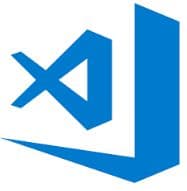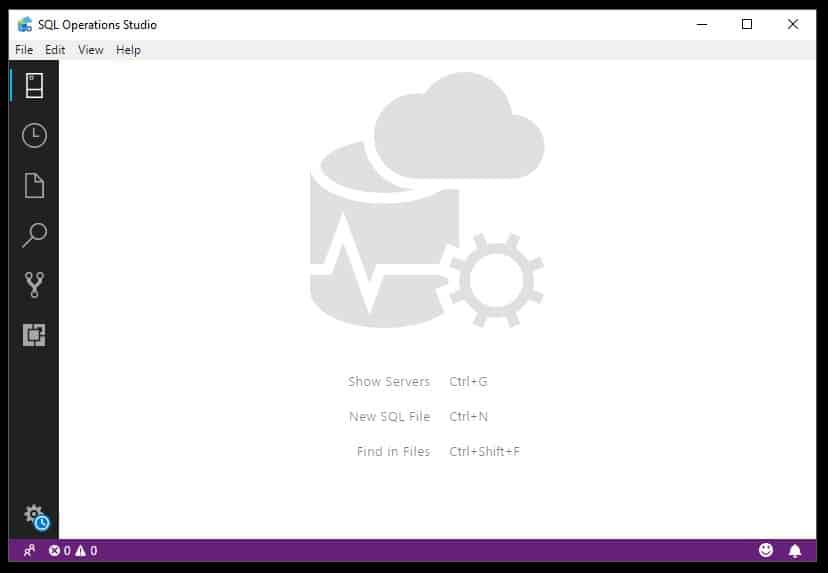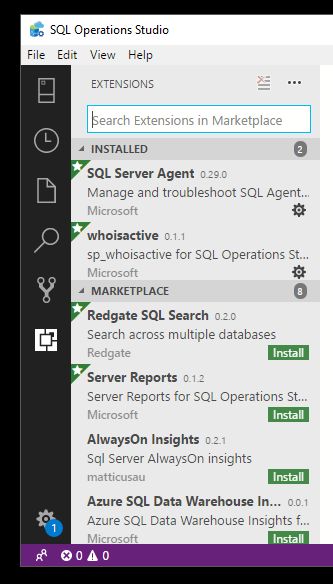
Many people have heard that the traditional DBA role is changing. This is one of the hottest topics out there right now. One way that Microsoft is moving forward with this way of thinking is SQL Operations Studio (SOS). When it was first released in preview mode, many thought that it could be a replacement for SQL Server Management Studio (SSMS). That’s not the case at all.
From my experience, this is Microsoft’s push to bridge the gap between the DBA and developer roles with the DevOps movement while also adding easy access to the Cloud. While DevOps is still being defined from organization to organization, the need for automation, continual workflow and continual releases to production are vital for businesses to keep their edge. In order for DevOps to be successful, DBAs and developers need to work together. SQL Operation Studio is a tool that can be used to help bridge the gap and break down the silos between them.
What ways is SOS different than SSMS?
 First, SOS is open-sourced and can be viewed in GitHub at https://github.com/Microsoft/sqlopsstudio. If you do not know what GitHub is, it is built for developers as a development platform where you can manage your code alongside other developers. Yes, there is a learning curve associated with this but the community has been moving in the direction for some time so it is an essential skill set to have in your arsenal.
First, SOS is open-sourced and can be viewed in GitHub at https://github.com/Microsoft/sqlopsstudio. If you do not know what GitHub is, it is built for developers as a development platform where you can manage your code alongside other developers. Yes, there is a learning curve associated with this but the community has been moving in the direction for some time so it is an essential skill set to have in your arsenal.

The source code is written in Visual Studio Code, or VS Code, which is another development tool that was built in Git. VS Code is both free and open-sourced under the MIT License. One of the features you will see in SOS is IntelliSense, which is not new to data management but is valuable because you have extensions to expand features and make SQL Operations Studio customizable. You can find Visual Studio Code at https://code.visualstudio.com/.
Many people do not know that Microsoft is one of the leaders in the open-source community. VS Code is a great tool for everyone who wants and or needs to work with multiple languages and scripting tools including PowerShell, Python, C#, GO, etc..
Second, SQL Operations Studio is also open-sourced and released under the MIT License. One of the best features about SQL Operation Studio is the cross-platform capabilities. In the past, data was managed using Windows or Linux. Today, the need to support multiple operating systems is more of a priority than ever. SQL can now be installed on Windows, Linux, or Mac easily with detailed instructions.
When you first open it up, you may not think that there is much to it. One of its features is that it is considered lightweight, meaning you can have multiple instances running at the same time without having huge impacts on your machine like SSMS does. I cannot count the times that I brought my machine down because I had multiple copies of SSMS open.

Just because it is considered lightweight does not mean the features are lightweight, even though they may favor the needs of developers more than the traditional DBA. My argument for this is that most traditional DBAs I know of only use code with source control – the GUI is the enemy to many traditional DBAs. So they should be onboard with this and find the new development features of Git very beneficial to them and their standards. This should also help implement proper testing and code reviews between all members involved.
Third, what stands out to me as the coolest feature is the ability to easily connect to your SQL instances and your SQL Data Warehouses in Azure. When you connect SQL Operations Studio to Azure, your credentials become synchronized after following a couple of steps. This helps keep security implemented correctly in Azure and not opening it up to the world. This is one of those areas that is hard for some developers and DBAs, depending on their experiences. This should also help the adoption of the cloud for those who do not have as much experience with it yet.
 Lastly, along the same lines as VS Code and adding extensions, you can also add extensions to SQL Operations Studio. This is helpful because, when SOS was in preview mode, it did not have SQL Server Agent Support. DBAs and Developers could not address their jobs as they could in the past. They have added extensions to support the SQL Server Agent and other popular third-party extensions used for your database environments.
Lastly, along the same lines as VS Code and adding extensions, you can also add extensions to SQL Operations Studio. This is helpful because, when SOS was in preview mode, it did not have SQL Server Agent Support. DBAs and Developers could not address their jobs as they could in the past. They have added extensions to support the SQL Server Agent and other popular third-party extensions used for your database environments.
While this is just some of what you can do at a very high level in SQL Operations Studio, I plan to cover more features in further detail in the near future, so please stay tuned for more…

